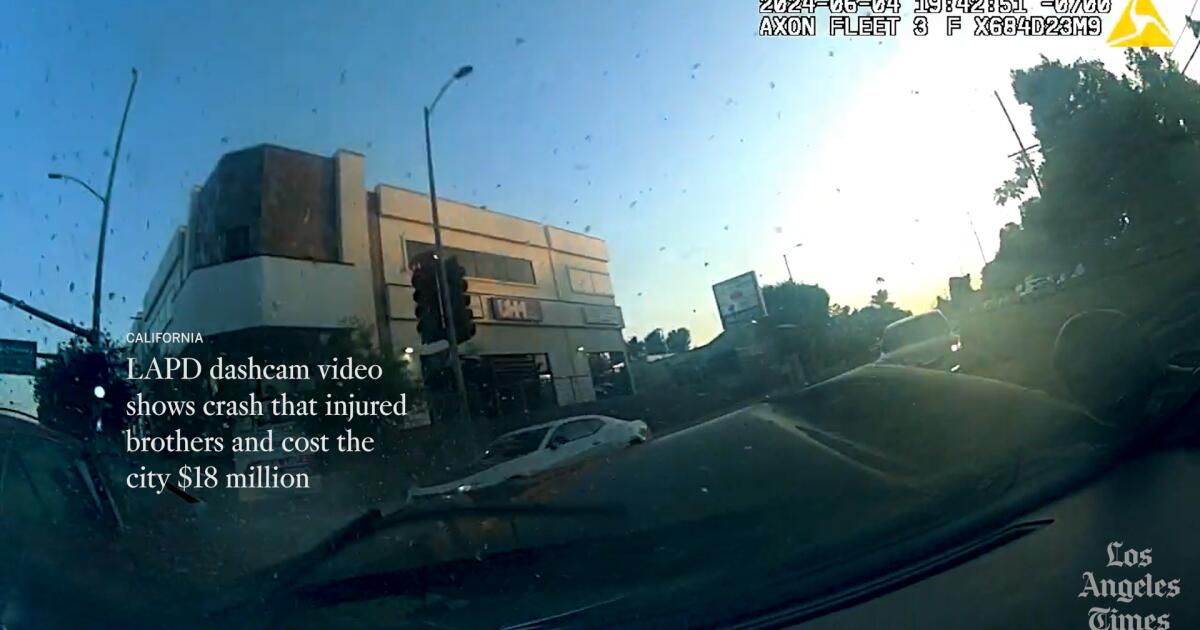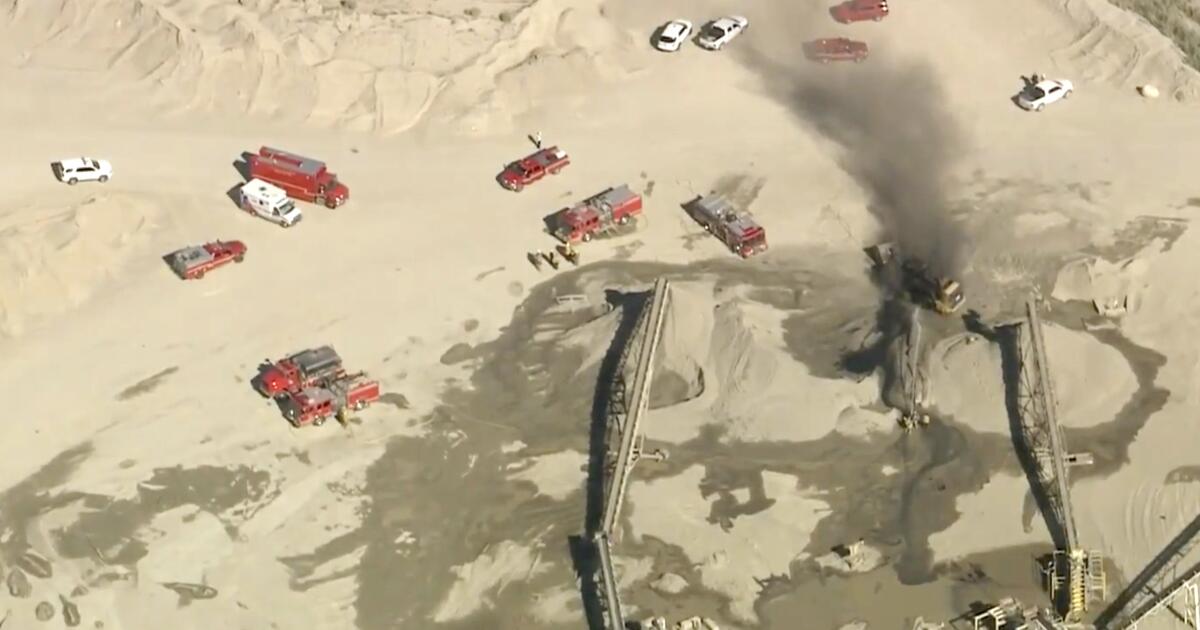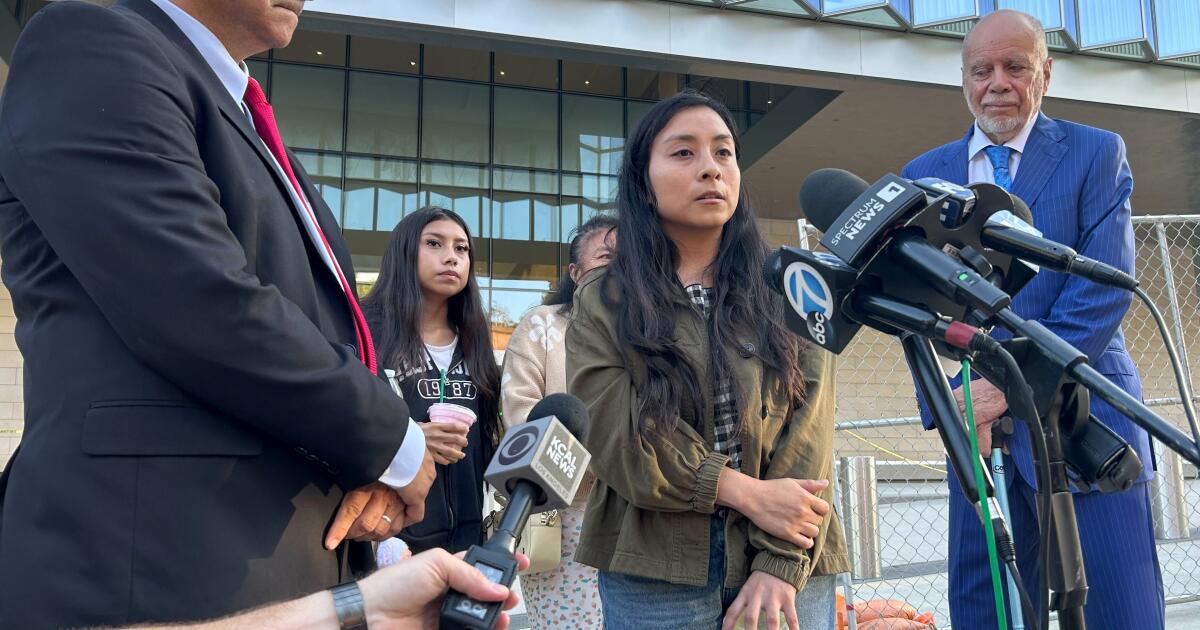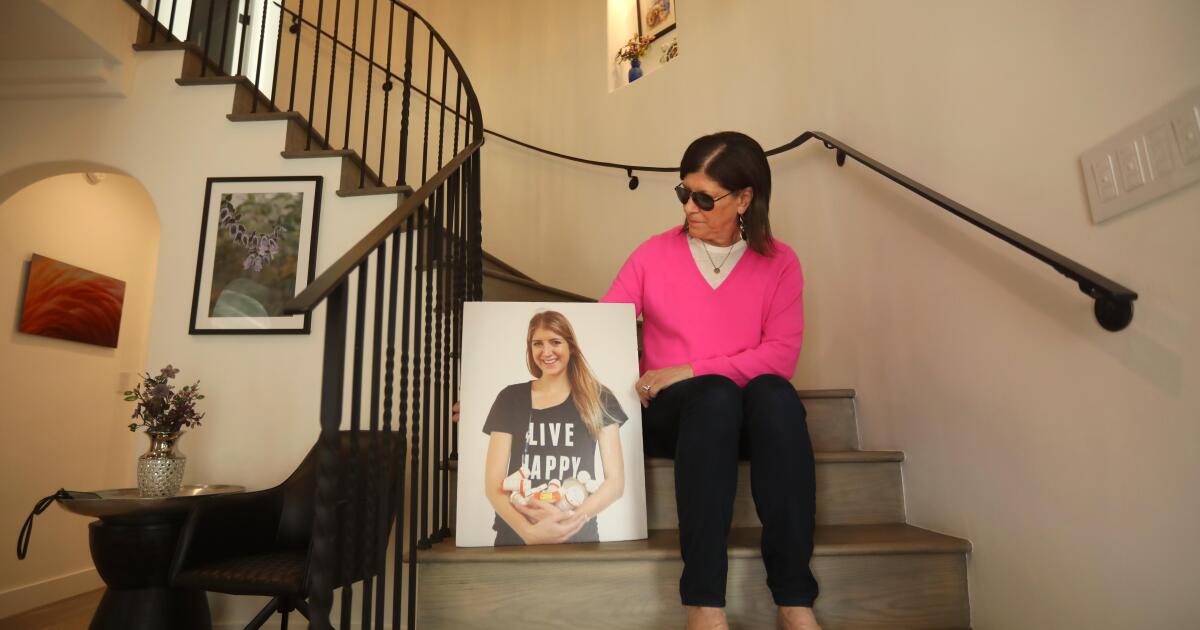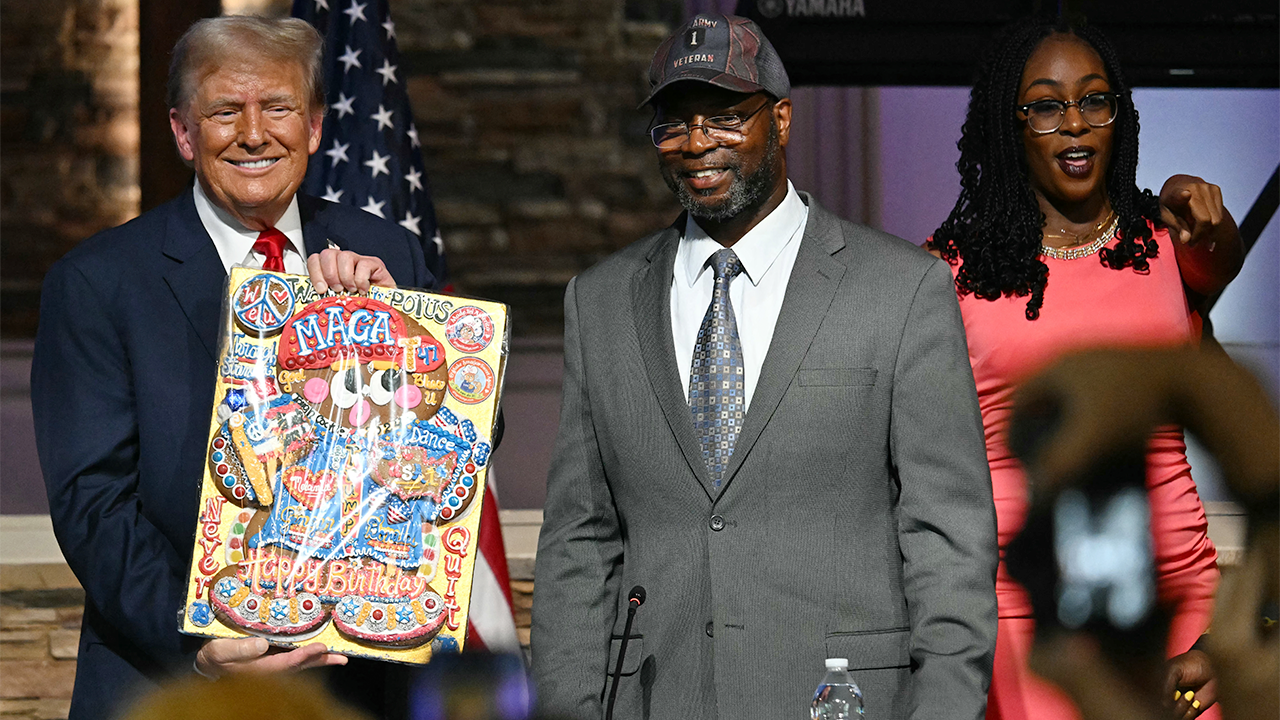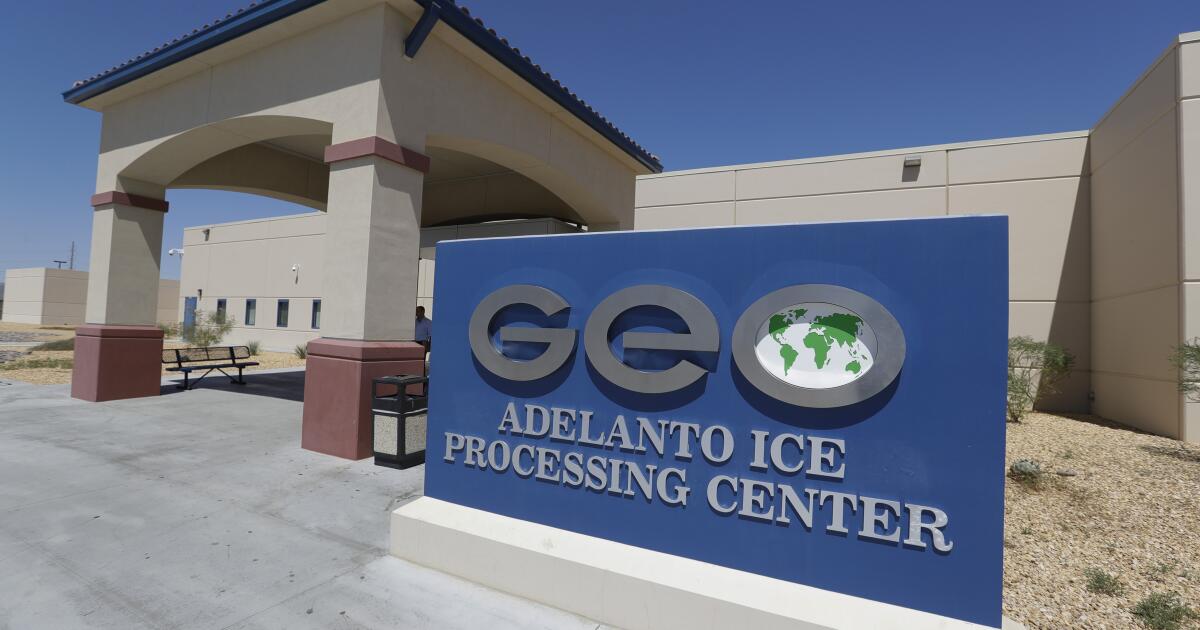Richard Paper's last memory of the day of the accident is going for a walk that morning.
The next thing he remembers that day last summer was waking up in a hospital bed. Weeks had passed. Only later did he learn that he and his brother Stephen had been seriously injured when a Los Angeles police squad slammed into their car as they turned left at a San Fernando Valley intersection.
The brothers, both in their 70s, sued the city of Los Angeles and the officer who was driving, leading to an $18 million settlement last month, believed to be the largest amount city taxpayers have ever paid to settle a police collision case.
Although lawsuits over police shootings and protest tactics tend to receive the most scrutiny, officer-involved traffic incidents remain a difficult and costly problem to resolve. Even before the Paper brothers' record settlement, the city had spent at least $90 million in negotiated payments or verdicts in more than 1,200 lawsuits related to police misconduct over the past decade, according to a Times analysis of public records data. Dozens of other cases that could lead to large payouts remain pending.
At any given time, dozens of police squads are all over the city, rushing to answer emergency calls for help or roaming around looking for criminal behavior. Despite training on how to safely speed in traffic, more than 500 collisions each year involve LAPD and other police vehicles across the city, according to state records. In just under half of the cases, officers were found to be at least partly to blame.
Most are minor fender benders, but several incidents have been fatal. In December 2023, a female officer was subject to an internal investigation after hitting and killing a 25-year-old man with her police cruiser. Multiple sources familiar with the incident but not authorized to discuss the ongoing investigation said the officer was rushing to retrieve uniforms for an LAPD-affiliated youth football event.
Another driver was killed in a collision with police on May 26 in North Hollywood, followed by the most recent fatal crash on Sept. 19 near a community carnival in Highland Park. In that incident, an LAPD vehicle speeding to search for an assault suspect fatally struck a young filmmaker who, according to an online fundraiser for his family, was headed home from work.
In response to questions from The Times about collision-related lawsuits, an LAPD spokesperson released a list of bullet points outlining the department's efforts to reduce overall traffic accidents across the city, including DUI checkpoints, additional patrols and partnering with the Department of Transportation's Vision Zero initiative to encourage safe driving.
In recent years, the department has also adopted new restrictions to limit high-speed chases, including increasingly turning to its helicopters to track fleeing drivers.
New LAPD recruits also receive 40 hours of fast driving training at the Police Academy.
But in the accident that injured the Paper brothers, the officer behind the wheel was a well-trained veteran of the department: He was a member of the LAPD's street racing task force.
On June 4, 2024, the Paper brothers were heading to dinner in the San Fernando Valley.
Stephen, who was 75 at the time, was driving his Toyota Camry for his older brother Richard, then 76, taking him around town on a visit from Minnesota.
As day turned to dusk, they were heading down Balboa Boulevard and had reached the intersection with Burbank Boulevard as they prepared to turn left.
Los Angeles Police Officer Jason Stevenson was attacking Balboa from the other direction. Stevenson's lawyers argued in court and through legal documents that he had been chasing another vehicle on a stretch of road known to attract speeding drivers.
Dash camera footage showed Stevenson, an 11-year veteran of the department who previously worked as a traffic cop on the west side, making a U-turn on Balboa moments before the collision and running down the street. But he was unable to turn on the emergency lights or sirens of his patrol car.
In their statements, LAPD investigators estimated he was traveling at 80 mph five seconds before impact, nearly double the posted speed limit.
As Stevenson approached the intersection, an analysis of his car's onboard computer showed he attempted to brake hard, suggesting he saw the brothers turning left at the last minute.
The impact of Stevenson's 3,900-pound Ford Taurus sent the brothers' red Camry into another car, a light pole, the side of a building and finally an electrical box.
Stevenson emerged with relatively minor injuries.
Richard Paper was not so lucky: he suffered a brain hemorrhage. Broken right fibula. Fractured ankle. A right arm that is now held together with a metal rod and screws. His brother did just as badly.
At trial, jurors heard from the emergency room doctor who treated the brothers on the day of the accident, who testified that their “altered mental state” and inability to answer even basic questions led him to conclude that both had suffered traumatic brain injuries.

Brothers Richard (left) and Stephen Paper were headed to dinner in the San Fernando Valley on June 4, 2024, when an LAPD patrol car crashed into their 2010 Toyota Camry.
(Courtesy of the Paper Brothers)
After playing tennis professionally when he was younger on challenge tours in India and Europe, Stephen moved into coaching and accepted a job at El Caballero Country Club in Tarzana. Some of his students and their parents visited him in the hospital. But with a newly fused back and one arm still recovering from the accident, his coaching career ended in an instant, he says.
“I haven't made a fuss since,” he said in an interview with The Times.
State law allows officers to exceed the speed limit or run red lights as long as they follow “Code 3” (police jargon for turning on emergency lights and sirens) and show respect for the safety of other motorists.
Over the years, the Los Angeles Police Department has relaxed its guidelines on when and why officers are allowed to use Code 3 while responding to a serious emergency, rules that were routinely flouted in the past.
The brothers' attorney, Robert Glassman, argued during last month's trial that under LAPD policy, officers generally are still not allowed to run down streets without lights and sirens when pursuing a minor traffic violation. And if they do, Glassman said in court, they are supposed to alert dispatchers to their intentions.
Stevenson did none of that, he argued.
The driver and a passenger of the other crashed car were also injured; Both have filed a lawsuit against the city for their injuries.
Glassman noted that the LAPD's own accident reconstruction unit had blamed Stevenson and found that speed was the primary cause of the crash.
“There's no indication he was going to slow down… none at all,” Glassman told jurors.
During his opening remarks at the trial, the assistant city attorney assigned to the case disputed those findings, saying that investigators had been pressured to conclude their investigation in a matter of weeks and therefore were unaware of other evidence.
At least part of the blame, he insisted, lay with Stephen getting in the way of an officer doing his job in a city with some of the most dangerous roads in the country. If Stephen had been more conscious, he could have seen the officer coming before trying to turn, he said.
He also accused the brothers of taking advantage of their injuries to obtain a higher salary.
“LeBron James money,” he said they wanted.
Past accidents have prompted the LAPD to reconsider how the department investigates serious accidents involving suspected negligence or other significant misconduct by officers.
Officers involved in avoidable traffic collisions receive points under a system similar to the one the state Department of Motor Vehicles uses for traffic violations and accidents, which appears in their internal personnel file. If officers accumulate a certain number of points in a short period of time, they may be required to undergo retraining or have their driving privileges revoked.
According to data maintained by the California Highway Patrol, collisions in Los Angeles County in which a police vehicle was found to be at fault have steadily increased. In Los Angeles, as of Oct. 8, officers were at least partially responsible for 183 (or 44%) of the 415 police-involved collisions so far this year, down 9% from the same period last year.
Under the Paper brothers' agreement, the city was supposed to present them with a formal apology.
But at his next court date, the city attorney's office suddenly changed course. Glassman said he found the last-minute decision not to apologize “pathetic,” but agreed to drop the matter to complete the settlement.
Superior Court Judge Valerie Salkin seemed stunned.
“As a human being, I don't think it's unreasonable for an apology to be made,” Salkin said. “If it were my fault, I would do it.”
Times staff writer David Zahniser contributed to this report.

